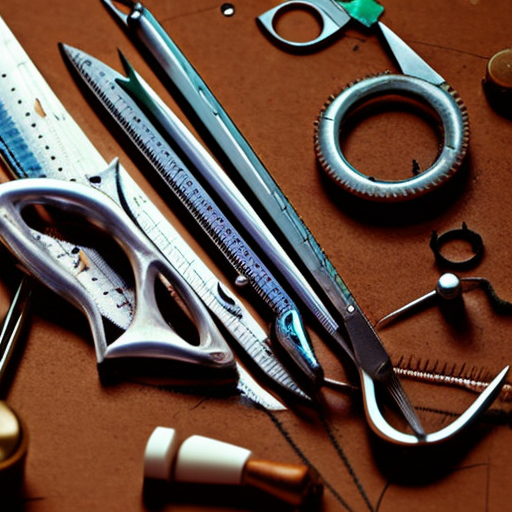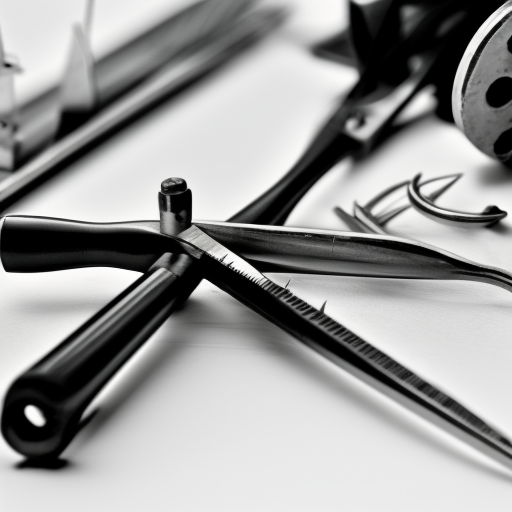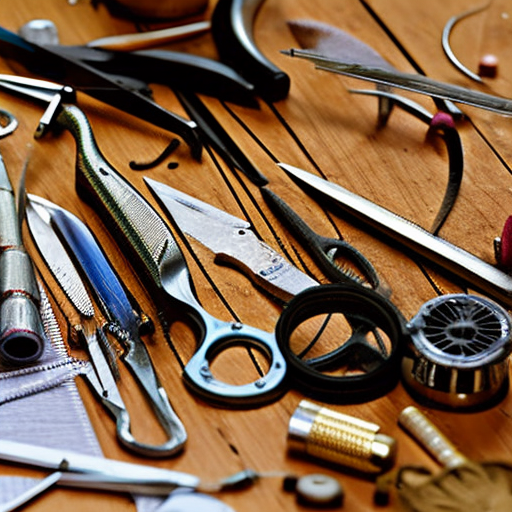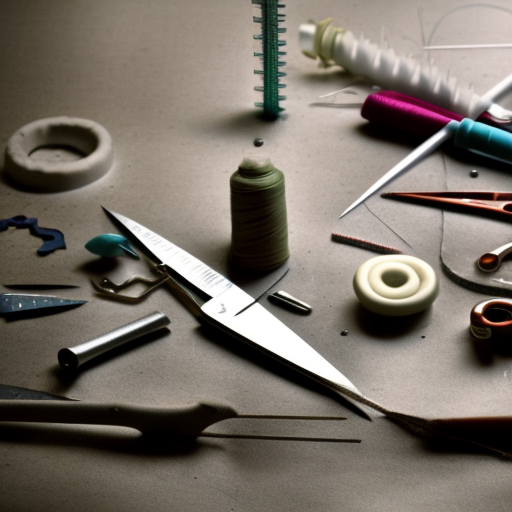Sewing machines are an essential tool for any sewing enthusiast or professional tailor. However, like any machine, they can experience issues and malfunctions. Whether you are a beginner or an experienced seamstress, it can be frustrating when your trusty sewing machine is not working properly. Fortunately, most sewing machine problems can be easily fixed with a little troubleshooting. In this guide, we will discuss some common sewing machine issues and their solutions.
1. Machine is Not Turning On
If your sewing machine is not turning on, the first thing to check is the power supply. Make sure it is properly plugged in and that the outlet is working. If the outlet is not the issue, then check the power switch on your machine. It may have accidentally been turned off. If the machine still does not turn on, there may be a problem with the motor or wiring, in which case you should consult a professional.
2. Thread Keeps Breaking
One of the most common and frustrating issues with sewing machines is constantly breaking thread. This can be caused by many things, including incorrect tension, wrongly threaded machine, dull needles, or using the wrong thread for your fabric. Start by rethreading your machine, making sure the thread is going through all the guides and the tension disks. If this does not solve the issue, adjust the thread tension according to your machine’s manual. If the problem persists, try changing to a new needle or using a different thread.
3. Needle Keeps Breaking
Similar to thread breakage, needles can also break frequently, and this can be caused by the same reasons. Make sure you are using the correct needle size and type for the fabric you are working with. Also, check for any burrs or damage on the needle itself. If the problem persists, there may be an issue with the needle position or timing, in which case, you should seek professional help.
4. Stitches Are Skipping
Skipping stitches can be caused by many things, such as incorrect needle size, incorrect threading, or dirty and lint build-up in the machine. Start by cleaning your machine following the manufacturer’s instructions. Then, check the needle size and rethread the machine. If the issue persists, it may be a timing issue, and you should take your machine for servicing.
5. Fabric Is Getting Stuck
If you are having difficulty feeding fabric through your machine or if it keeps getting stuck, the first thing to check is the feed dogs. They may be lowered, preventing the fabric from moving. If that is not the issue, then try changing your needle. A bent or dull needle can also cause fabric to get stuck. Additionally, make sure you are using the correct presser foot for the fabric you are working with.
6. Uneven Stitches
If you notice that your stitches are uneven or loose, it could be a sign of incorrect tension or improper threading. Check and adjust the tension and rethread the machine. If that does not solve the issue, there may be a problem with the presser foot pressure, in which case you may need to adjust it accordingly.
7. Machine is Making Strange Noises
If your sewing machine is making strange noises, it could indicate a variety of issues. The most common cause is a dirty or dry machine. Clean and lubricate your machine following the manufacturer’s manual. If this does not solve the problem, there may be an issue with the motor or other internal parts that may require professional attention.
While these are some common sewing machine issues and their solutions, it is always best to consult your machine’s manual for troubleshooting specific to your model. Additionally, regular maintenance and cleaning of your sewing machine can prevent many of these issues from occurring. Always remember to use the correct needle, thread, and presser foot for the fabric you are working with and make adjustments as needed.
In conclusion, sewing machine troubleshooting may seem daunting, but with a little patience and some basic knowledge, most issues can be easily resolved. By following these tips and regularly maintaining your machine, you can ensure that your sewing experience remains smooth and enjoyable. Happy sewing!





Great guide! #seamstressesunite #DIYprojects
Samantha Jones: Just what I needed! Such a helpful resource
Wow, this guide looks like it could save so much time and frustration! I’m bookmarking it! #handmadehappiness #sewingprojects
This is honestly a lifesaver! Much appreciated!
Love this! So useful – I’m printed it out for reference. Thanks for sharing! #sewingprojectsmadesimple